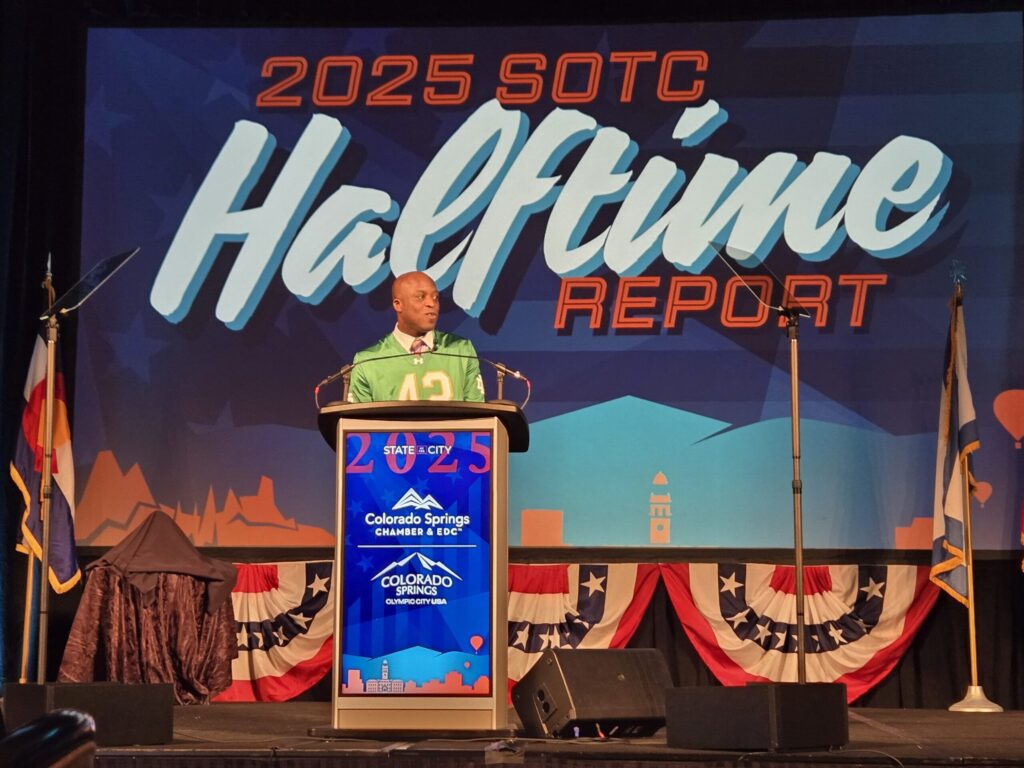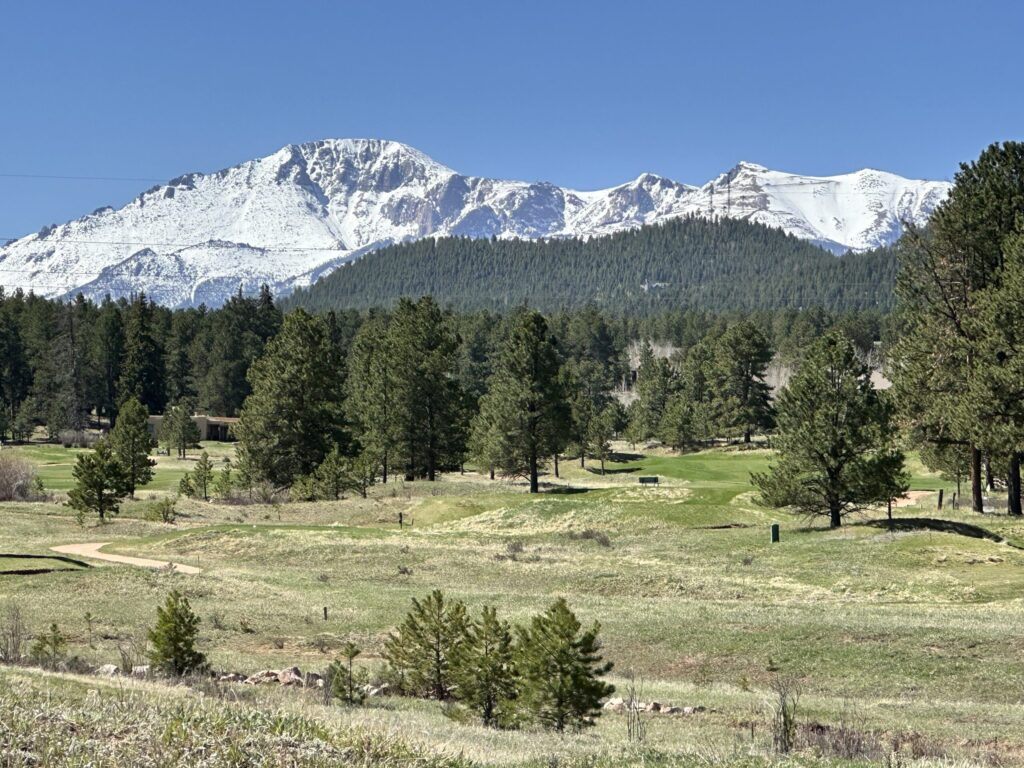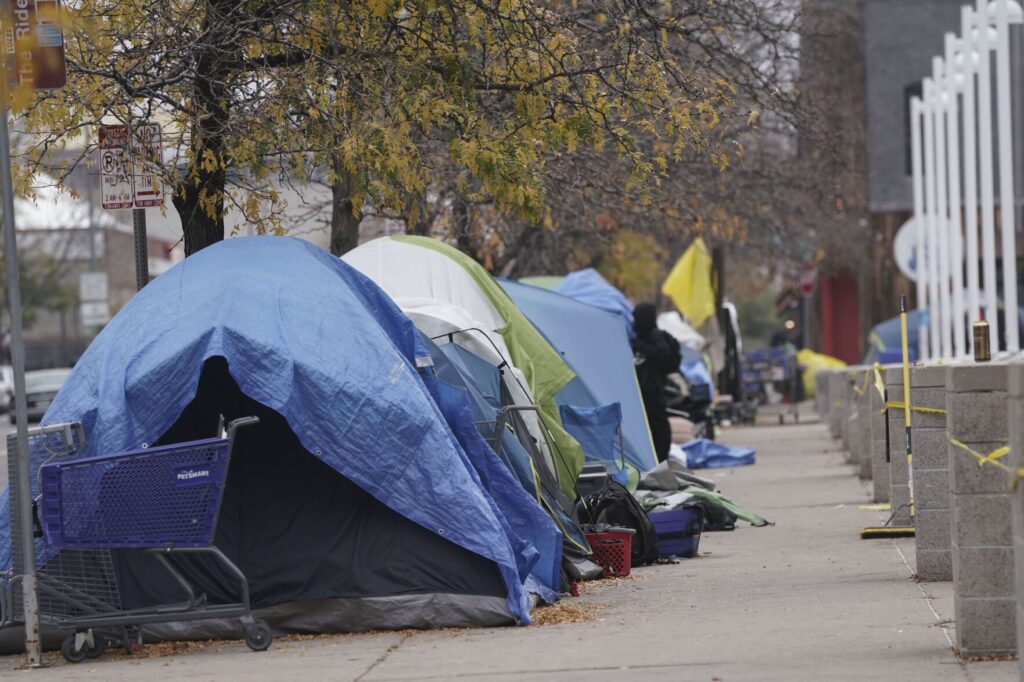Comparing building height limits in 3 Front Range cities: Boulder, Denver, and Fort Collins
What height limits, if any, do other communities have for their downtowns? Here’s a look at three Front Range cities:
• Boulder: Buildings can be no taller than 55 feet in downtown, as well as citywide, according to the Boulder City Charter. Among several reasons listed in the Boulder City Charter, the height limits would “preserve scenic views of the mountain backdrop, which are a unique asset to the community and provide a distinctive character and setting for the city and which provide an attraction to tourists, visitors and students of the University of Colorado.”
• Denver: Height restrictions are in place across the city, and vary from area to area. There are no height restrictions in most of downtown Denver’s core — what many people think of as the city’s central business district and where most of its tallest buildings are located, such as the 56-story Republic Plaza, said Abe Barge, code and regulation supervisor with Denver Planning Services. Instead, the primary regulation for buildings in downtown’s core restricts their maximum floor area — or how big they can be, not how tall, he said. Essentially, the goal of the maximum floor regulation is to ensure that buildings in the core have room on their ground levels to accommodate plazas and public spaces for pedestrians and downtown visitors, which contributes to a vibrant street scene.
• Fort Collins: A series of downtown height restrictions limit buildings from three stories and 35 feet to 12 stories and 150 feet. Downtown Fort Collins’ tallest building, the 158-foot First National Bank, was constructed in 1968 before the most recent height limits took effect in 2006. In general, height limitations “promote compatible buildings within a zone district, also to preserve character of historic buildings and historic districts,” a city spokeswoman said via email. Height limits also can protect views, she said.
Source: Gazette research











